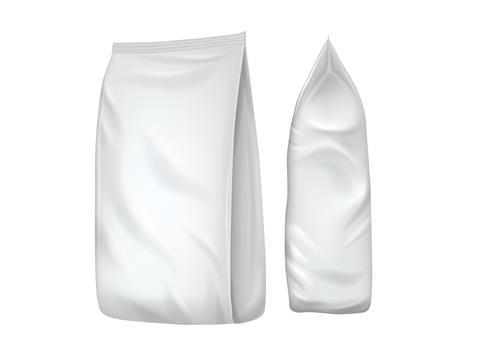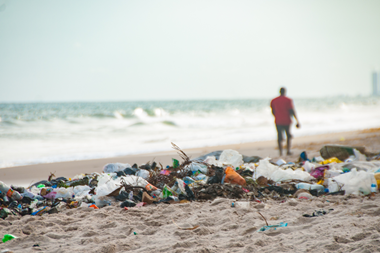
One of the global challenges we are facing today is the leakage of products, including plastic materials, into the environment, particularly our oceans. It is unacceptable that plastic litter is found in the environment because plastics do not belong in the ocean. In this sense, efforts are still to be made to end the leakage of plastics into the environment and as such, it is important to analyse the root causes of the problem rather than working on the symptoms – writes Patricia Vangheluwe, consumer & environmental affairs director, PlasticsEurope.
The first attempt to estimate the amount of plastic reaching the ocean goes back to 1975 when the US National Academy of Sciences evaluated that 45,000 tonnes of plastic litter were thrown into the ocean from ships each year. Recent assumptions of the amount of plastic litter in the oceans vary significantly. For example, the US National Oceanic and Atmospheric Administration (NOAA) estimated that 38 million tonnes of plastic debris reach the ocean per year, which would represent 13 per cent of all plastics produced globally (288 million tonnes in 2012). A recent study by the National Center for Ecological Analysis and Synthesis (NCEAS) has estimated that 4.8 to 12.7 million tonnes of plastic waste entered the oceans in 2010.
The ongoing scientific debate shows that neither the amount of plastics litter that reaches the marine environment each year nor the question on how plastics litter interacts with and in the marine environment are clearly understood. For instance, when we talk about microplastics (pieces of plastics litter which break down into fragments in the marine environment), researchers continue to learn and bring new data regarding the number of microplastics in the marine environment. Recent studies, such as the one from Eunomia or the one from Mepex, still show great differences in their results. With regards to potential risks to human health, scientific findings do not show a risk to human health. Studies like the one from the University of Plymouth in 2008, which used 1000 times higher concentrations of micro-plastics than those found in the environment, concluded that there is no risk on human health.
To allow evidence-based actions, we need to understand more about the potential effects of plastics and microplastics in the marine environment supported by the establishment of comparable, qualified processes and resulting data. In the meantime, we should stop plastic litter ending up in our oceans.
In this respect, we often hear stakeholders asking to ‘phase out single-use plastic packaging’ or even to ‘eliminate the use of plastic packaging’ altogether. But will this measure stop plastics ending up in the marine environment? Should we not focus on finding solutions to address the root causes of marine litter?
According to UNEP, 80 per cent of all marine litter originates from land. This means that proper waste management systems are key to effectively tackling the problem at source, for instance, with practices that prevent plastics from entering the marine environment, educational programmes to increase awareness and change citizens’ behaviour as well as to support scientific research programmes on marine litter.

In order to tackle the root causes, one needs to look at those items found on beaches and in ocean. According to Ocean Conservancy (2014), from the ten top items found on beaches only 50 per cent of those are plastics. This is clearly not all ‘single-use plastic packaging’ and not one material alone. Most of the plastic packaging that is only used once does not end up in the environment and they protect, save food and support a healthy, resource efficient lifestyle. A ban on plastic packaging will therefore not solve the marine litter problem. On the contrary, it could have a negative effect on the environment. A study carried out by Trucost showed that the environmental impact of using plastics in consumer goods and packaging is nearly four times less than using alternative materials. Plastics save far more energy and resources over a product lifecycle than are required to produce them. So, what will solve the problem? To answer this question, we need to identify the root causes to design sustainable solutions while stopping those items going into the environment.
Recently, we announced ‘Plastics 2030 – Voluntary Commitment’, a set of ambitious targets and initiatives representing the industry contribution to achieve a fully circular and resource efficient Europe. One of the key goals is to prevent plastic leakage into the environment. To do so, we will continue setting up educational projects across Member States to increase awareness on sustainable consumer behaviour, we will strengthen the industry programme to prevent pellet loss (Operation Clean Sweep®) by increasingly involve the entire value chain, including transport and logistics and we will also launch new research activities to complete knowledge gaps on the most common plastic items being littered in the marine environment, with a view to identifying suitable solutions and always keeping in mind the root causes.










